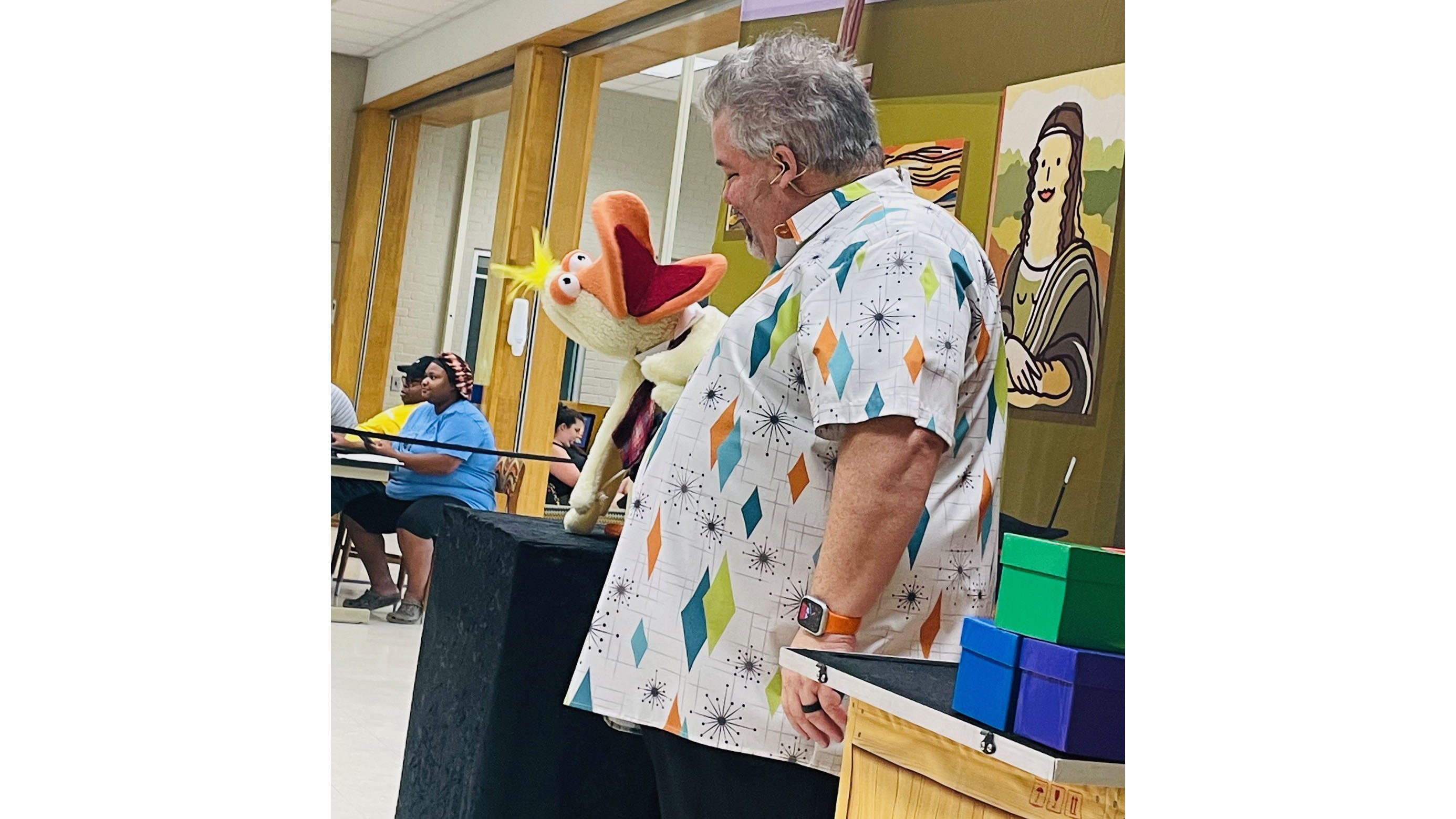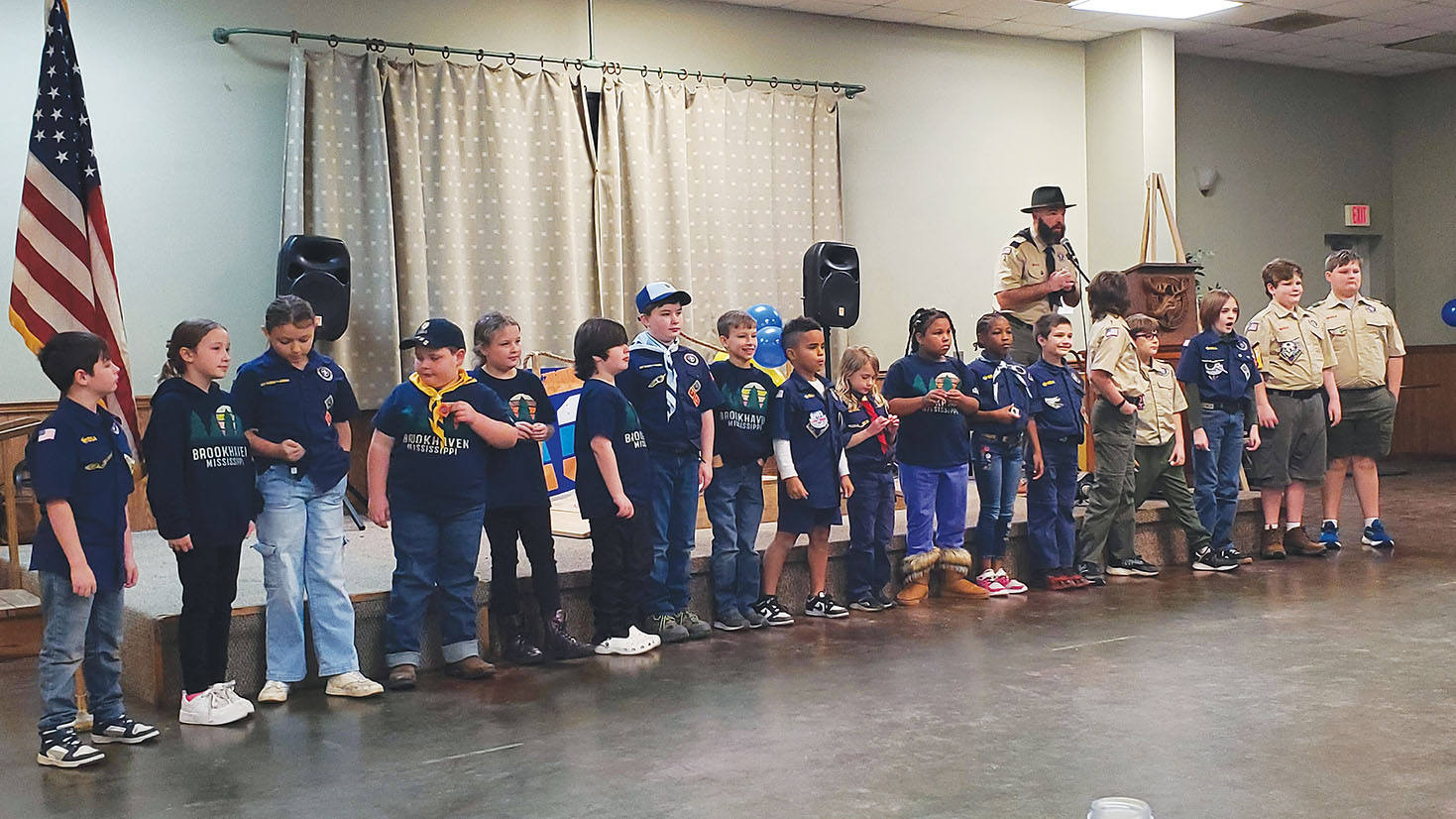Avoid these top 10 landscaping mistakes
Published 11:54 pm Friday, October 13, 2017
If you can think like a plant, you can avoid the most common landscape mistakes.
Would you like your feet strapped to a cage, your arms amputated, be buried alive in compost, smothered in mulch or drowned? To avoid some tree, shrub, flower and lawn problems, remember this top ten mistakes of landscaping list:
1. Don’t leave burlap, straps, ropes or wire cages on newly planted tree or shrub balls. Any material left on a root ball could restrict root growth and create a ‘pot-bound’ root system. Also, remove all stakes, ties or tags to avoid girdling plant stems.
2. As a general rule, it is better not to use soil amendments than to use them incorrectly. Soil amendments should never be backfilled into a planting hole with new trees or shrubs.
Soil amendments act like a sponge and either stay too wet or too dry. Extreme changes in soil moisture can cause problems for plant roots. Soil amendments are better used over large planting areas, like vegetable gardens or landscape beds.
3. Planting trees and shrubs too deep creates long-term, irreversible problems. When plants are buried too deep, there is potential for root rot, stem rot, bark cracking and disease.
4. Know your plants and their needs. Find out how tall and wide the plant will be and plant it in a spot that allows it to reach its mature size.
5. Read and follow the label before using any chemical or pesticide. This rule applies to organic or natural products, too. All chemicals have the potential to cause damage if applied at the wrong rate, time or in the wrong place.
6. Trees should never be topped. This destroys the branching structure.
Improper pruning and topping often leads to branches dying and shortens the tree’s life. Pick the right tree for the right site.
7. Apply the right amount of fertilizer and lime. Applying too much fertilizer is not only a waste of money, but it can potentially burn plants.
8. Fertilizer applied at the wrong time can cause major weed and disease problems. A soil test will determine your soils needs.
9. More plants are killed from too much water than from lack of water. Many root and disease problems are the result of over-watering. Just remember ‘don’t kill it with kindness’.
Plants don’t live forever and some plants are short-lived. Bradford pear trees live 15-20 years.
Euonymus shrubs are short-lived as they are often infected with powdery mildew and scale insects. Avoid plants that are not recommended.
10. Do not apply too much mulch. Mulch is a valuable tool for conserving soil moisture, protecting tree roots and suppressing weeds. Many people apply deep mounds of mulch, or ‘mulch volcanoes’ at the base of trees.
This increases root rot, stem rot, disease and insect problems. Never apply more than 3 inches of mulch around the root zone of trees and shrubs.
Rebecca Bates is an MSU Extension-Lincoln County agent, and can be reached at 601-835-3460 or by e-mail at rebecca.bates@msstate.edu.





